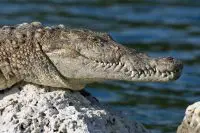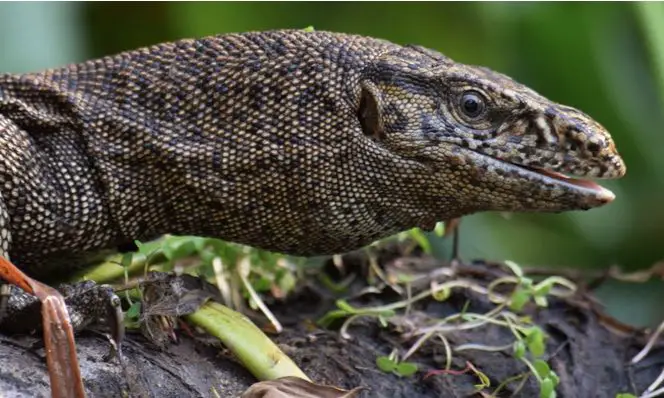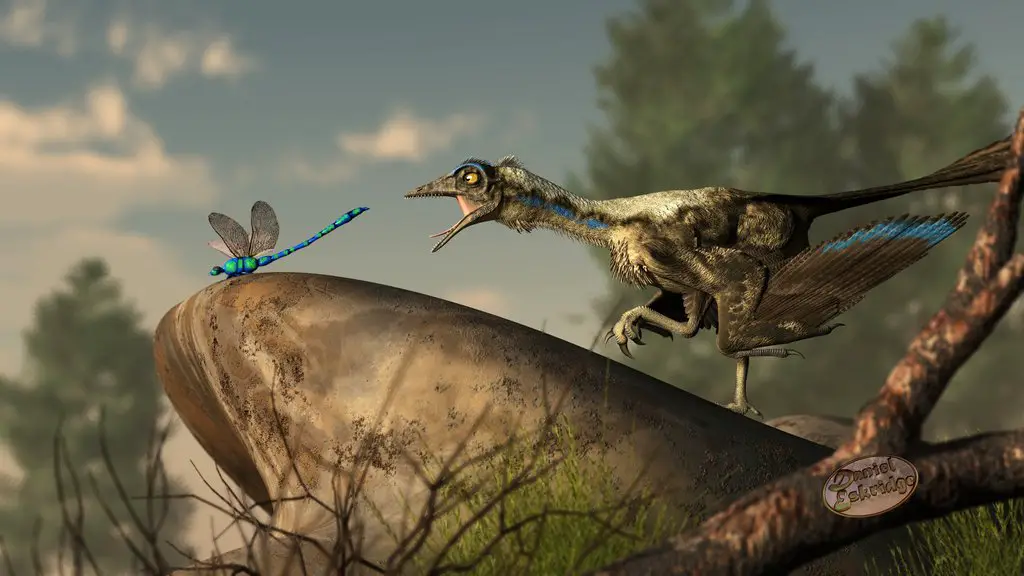The American crocodile (Crocodylus acutus) have powerful tail and stocky legs. The scales are quite visible throughout its body and tail.
Georges Cuvier, a French zoologist, was the first person to describe American crocodiles as early as in 1807.
Crocodile’s hatchlings reach the size of 27 cm (10.6 in) and weigh up to 60 g (2.1 oz).
Adult males reach the overall length of 2.9 to 4 m (9 ft 6 in to 13 ft 1 in) and average 382 kg (842 lb) in weight. Females measure 2.5 to 3 m (8 ft 2 in to 9 ft 10 in) and weigh up to 173 kg (381 lb).
The largest of the American crocodiles weigh about 400–500 kg (880–1100 lb) with their length reaching 5.5 m (16 ft 5 in to 18 ft 1 in).
American crocodiles liv e in the Caribbean islands, southern Mexico, Ecuador, Colombia, Costa Rica, southern Florida, and Greater Antilles.
e in the Caribbean islands, southern Mexico, Ecuador, Colombia, Costa Rica, southern Florida, and Greater Antilles.
The crocodile makes its habitat in brackish lakes, lagoons, small islands, salt lakes, river mouths, freshwater, and mangrove swamps.
American crocodiles eat birds, snails, turtles, fiddler crabs, frogs, catfish, mourning dove, tarpon, bass, raccoons, herons, pelicans, mullet, storks, flamingos, bare-tailed woolly opossum, and coots, moorhens, grebes, and cattle.
They do not seem to prefer cold temperatures which is why American crocs live in tropical waters.
The body color of a crocodile provides it a perfect camouflage against predators and the prey.
Unlike most other crocodiles, American crocs have relatively longer snouts—even greater than the American alligator. They have grayish body.
American crocodiles can charge at a speed of 10 mph (16 km/h). They will swim at 32 km/h (20 mph) but they might not be able to swim greater distances at this much speed.
Females lay 30 – 70 eggs in one time. She then covers her eggs with mud or debris.
There are far too many predators of American crocodile’s eggs and babies. The predators include skunks, coyotes, green iguana, foxes, American black bears, raccoons, and coatis.
The overall population of American crocodiles is relatively stable. The species is listed as vulnerable by the IUCN.





